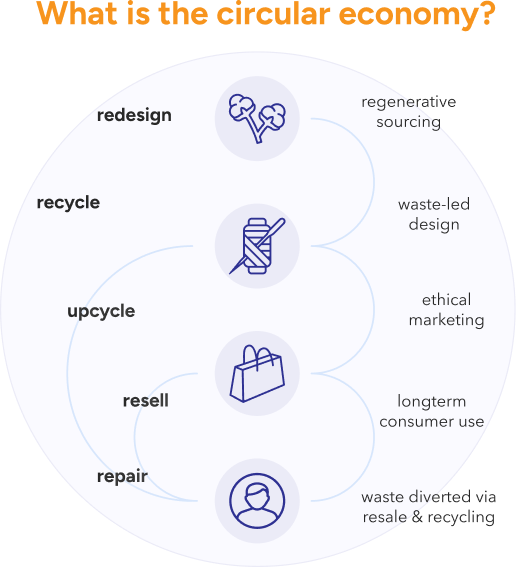At Remoov sustainability is at our core. We believe that we must all do our part in order to ensure a clean and safe planet for the future. We started our company because we know it can be very hard to handle items that you no longer need, especially if they are not junk. With the stresses in our lives, especially when you are moving, downsizing, dealing with the loss of a loved one, redecorating or simply managing everyday life, it can be difficult handling those items and it might be simpler to just junk them away. Our goal is to help find a new home for as many of the items as possible (“the circular economy”) and unlock the value back to you.
Our Impact
Our sustainability impact is calculated using the LCA (Life Cycle Assessment) method. LCA is a method for evaluating the environmental impacts associated with all stages of a product’s life cycle. This includes everything from raw material extraction, production, transportation, use, and disposal or recycling.

1.2B gallons
Water conserved

94M lbs
CO2 equivalent

18M lbs
Diverted from Landfill

2.0M
Trees saved
Circular Economy
Around 30% of greenhouse gas emissions are attributed to product manufacturing – that is the creating of the goods that we use every day. Demand for new stuff is always there and growing. When we have an item that still can be used and we dump it or even when we recycle it, the truth is that because of demand for products our economy will satisfy that demand by manufacturing a new item. Thus even when we recycle, by throwing away the item that could still be used we are still having a negative impact on the environment when a new item is manufactured to satisfy that demand. To truly have a significant impact we must extend the life of our items, increasing the supply of products available without having to manufacture more. That is the circular economy.
The circular economy is a system designed to keep products and materials in use for as long as possible, reducing waste and the need for new resources. In the context of furniture, this means extending an item’s life through multiple pathways: instead of discarding a sofa or table when it’s no longer needed, it can be resold to a new owner, donated to charities or community organizations, or recycled so its materials—like wood, metal, or fabric—are recovered and used to create new products. Each step keeps valuable resources circulating, minimizes landfill waste, and ensures that furniture continues to provide value rather than becoming clutter.
Beyond the environment, the circular economy has been shown to improve accessibility of products to lower income families while increasing the economic productivity of an economy (if we extend the use of product, aka their economic value, then we are increasing our economic productivity as equal inputs generate higher outputs).

California Green Business Certification
We’re proud to share that Remoov is officially certified by the California Green Business Network (CGBN) — a mark of real, verified commitment to sustainability. The CGBN is a statewide coalition (backed by city agencies, utilities, and nonprofits) that helps businesses save resources, cut pollution, and strengthen their bottom line through free certification and support.
Being a Green Certified Business means we've met rigorous standards across energy, water, waste, pollution prevention, transportation, and community practices, which are all verified through assessments and expert guidance.
This certification brings real benefit—to our customers, our community, and the planet. It means Remoov isn’t just talking about being green. We’ve taken meaningful, measurable steps—and we’re proud to display that badge of trust.

What happens to junk
Recycling is super important! It helps minimize how much goes to landfill and allows us to extract resources from the junk so that it can be reused. This is why you should always work with junk haulers and waste managers that use recycling centers and transfer stations rather than landfills to dispose of hauls.
However, we often think that when we send items to recycling that all will be reused. The fact is that even when we take items to a recycling center a large portion of that item unfortunately still end up at landfill.
Below is a table showing the production cost based on LCA assessment of different product categories and also an estimate of what percentage of the the different item categories actually get recycled vs. end up in landfill when an item is taken to a transfer station/recycling center.


